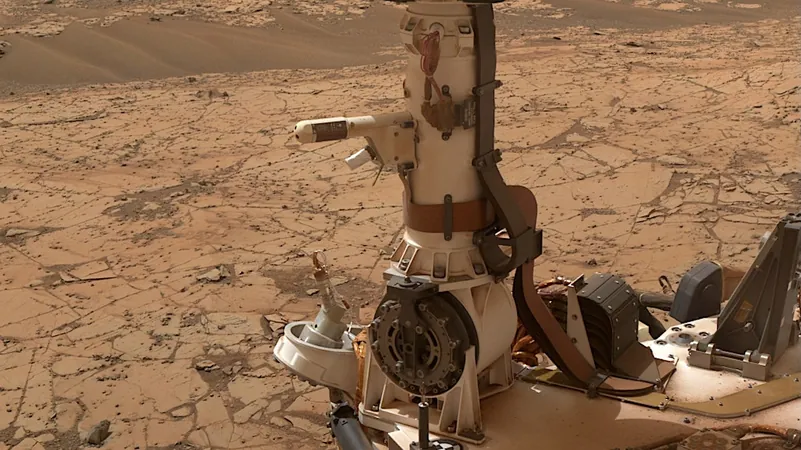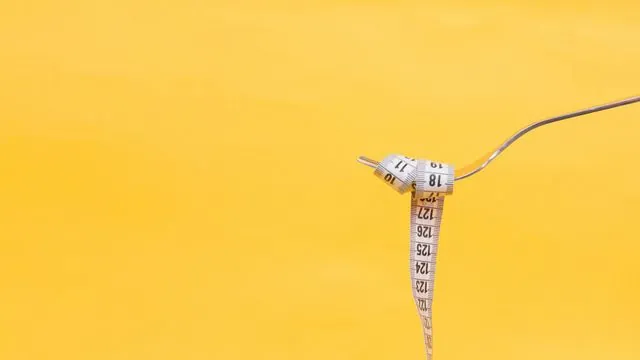
Unveiling Mars: How UV Radiation Shapes Life on the Red Planet
2025-05-19
Author: Wei
A Hostile Sun: The Power of Ultraviolet Radiation on Mars
Mars, the fourth planet from the Sun, is not just a barren wasteland—it’s a realm where ultraviolet (UV) radiation from the sun wields extraordinary power. This fierce irradiance contributes to atmospheric and near-surface chemistry, making Mars' surface a hostile environment for potential life forms.
Gale Crater: A Martian Laboratory for UV Studies
Thanks to the Curiosity rover's Rover Environmental Monitoring Station (REMS), since 2012 we’ve had a front-row seat to the effects of UV radiation at Gale Crater. This groundbreaking setup hosts the first-ever UV sensor sent to Mars, unraveling the seasonal and short-term variations of UV radiation on the planet’s surface.
A Deep Dive Into UV Measurements Over Five Martian Years
In a significant analysis spanning more than five Martian years, scientists have rigorously examined REMS UV data to gauge biological effective doses and other crucial UV radiation metrics. The findings unveil a previously uncharted and tumultuous UV environment on the Martian surface, showcasing startling fluctuations that can alter UV radiation doses by more than 30% within just a few Martian days (or sols).
Can Life Survive This Intensity? Testing Microbial Viability
But what does this mean for potential life? Researchers turned their attention to terrestrial microorganisms exposed to this merciless UV landscape. Their alarmingly informative findings indicate that a staggering 99% reduction in microbial viability can be achieved with only a few hours of exposure to Martian daylight. This crucial revelation poses serious implications for planetary protection protocols.
An Ongoing Watch: REMS Continues Its Vigil
The mission doesn’t stop here. The REMS instrument continues to gather data on atmospheric pressure, humidity, wind currents, and, of course, the ever-important UV radiation—keeping our understanding of Mars deep and detailed. This continuous monitoring could set the stage for future explorations and perhaps the first steps of human beings on the Red Planet.
The Bigger Picture: Implications for Astrobiology and Beyond
In the grand scheme of astrobiology, these insights strengthen the argument for stringent planetary protection measures, ensuring that we safeguard both Earth and the cosmos from unforeseen consequences. As we explore the red terrain, each discovery could bring us one step closer to answering the burning question: Are we truly alone in the universe?


 Brasil (PT)
Brasil (PT)
 Canada (EN)
Canada (EN)
 Chile (ES)
Chile (ES)
 Česko (CS)
Česko (CS)
 대한민국 (KO)
대한민국 (KO)
 España (ES)
España (ES)
 France (FR)
France (FR)
 Hong Kong (EN)
Hong Kong (EN)
 Italia (IT)
Italia (IT)
 日本 (JA)
日本 (JA)
 Magyarország (HU)
Magyarország (HU)
 Norge (NO)
Norge (NO)
 Polska (PL)
Polska (PL)
 Schweiz (DE)
Schweiz (DE)
 Singapore (EN)
Singapore (EN)
 Sverige (SV)
Sverige (SV)
 Suomi (FI)
Suomi (FI)
 Türkiye (TR)
Türkiye (TR)
 الإمارات العربية المتحدة (AR)
الإمارات العربية المتحدة (AR)